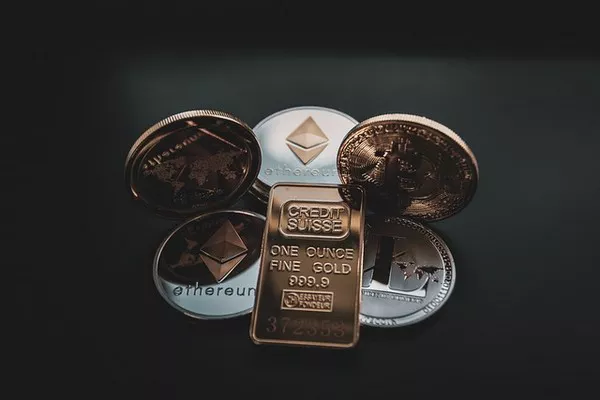Silver dimes hold a special place in the hearts of numismatists and coin collectors alike. These small but significant coins carry a rich history and intrinsic value beyond their face denomination. In the United States, silver dimes were minted from 1796 until 1964, when the composition shifted to a copper-nickel alloy due to rising silver prices. Before 1965, silver dimes were composed of 90% silver and 10% copper, making them particularly valuable to collectors and investors.
Physical Characteristics: Distinguishing Features
Identifying silver dimes among a sea of coins requires a keen eye for detail. Silver dimes have distinct physical characteristics that set them apart from their modern counterparts. One notable feature is their luster, which tends to be brighter and more reflective than that of copper-nickel coins. Additionally, silver dimes often exhibit a sharper strike and crisper details due to the higher quality of silver used in their production.
Year and Mint Marks: Production Variations
Understanding the years and mint marks associated with silver dime production is crucial for collectors seeking specific pieces. The United States Mint has produced silver dimes at various locations, each denoted by a unique mint mark. Furthermore, certain years may carry numismatic significance, such as low mintage numbers or special editions, which can greatly impact their value on the collector’s market.
The Magnet Test: Assessing Authenticity
A simple yet effective method for verifying the authenticity of silver dimes is the magnet test. Silver is not magnetic, so genuine silver dimes will not be attracted to a magnet. To perform this test, hold a magnet near the dime and observe its reaction. If the dime is attracted to the magnet, it is likely composed of a ferrous metal and not silver.
Weight and Sound Tests: Ensuring Purity
In addition to the magnet test, collectors can conduct weight and sound tests to further authenticate silver dimes. A precise digital scale can measure the weight of the dime, with genuine silver dimes typically weighing slightly more than their copper-nickel counterparts due to the higher density of silver. Additionally, silver dimes emit a distinctive “ring” when dropped onto a hard surface, whereas base metal coins produce a dull thud.
Visual Inspection Tips: Expert Advice
Examining silver dimes under magnification can reveal intricate details and potential signs of wear or damage. Close-up images of silver dimes can aid in identifying key features, such as the sharpness of the design elements and any imperfections or anomalies. Pay particular attention to the edges of the coin, as wear and reeding marks can provide clues to its authenticity and condition.
Common Mistakes: Pitfalls to Avoid
Novice collectors may fall prey to common mistakes when searching for silver dimes. One such error is overlooking subtle differences in design or mint marks that can significantly affect a dime’s value. Additionally, failing to properly authenticate coins before purchasing or selling them can result in financial loss or disappointment. It is essential to educate oneself thoroughly and seek guidance from reputable sources to avoid these pitfalls.
Preservation and Handling: Protecting Your Investment
Proper preservation and handling are paramount to maintaining the condition and value of silver dimes. Store coins in a clean, dry environment away from direct sunlight and extreme temperatures to prevent tarnishing and corrosion. When handling silver dimes, use gloves or handle them by the edges to minimize the transfer of oils and dirt, which can degrade their appearance over time.
Appraisal and Valuation: Understanding Market Worth
Determining the value of silver dimes requires careful consideration of factors such as rarity, condition, and current market trends. Professional appraisers can provide expert evaluations based on these criteria, taking into account the coin’s historical significance and collector demand. Online resources and price guides can also offer valuable insights into the market value of specific silver dimes.
Buying and Selling Tips: Navigating the Marketplace
When buying or selling silver dimes, it is essential to exercise caution and due diligence to avoid scams or counterfeit coins. Stick to reputable dealers with a proven track record of honesty and integrity, and always request authentication certificates or guarantees of authenticity when making significant purchases. Additionally, familiarize yourself with current market prices and trends to ensure you receive fair value for your coins.
In conclusion
Spotting silver dimes requires a combination of knowledge, attention to detail, and practical testing methods. By familiarizing yourself with the physical characteristics, production variations, and authentication techniques as sociated with silver dimes, you can confidently navigate the world of coin collecting and investment while safeguarding your precious acquisitions for years to come.


